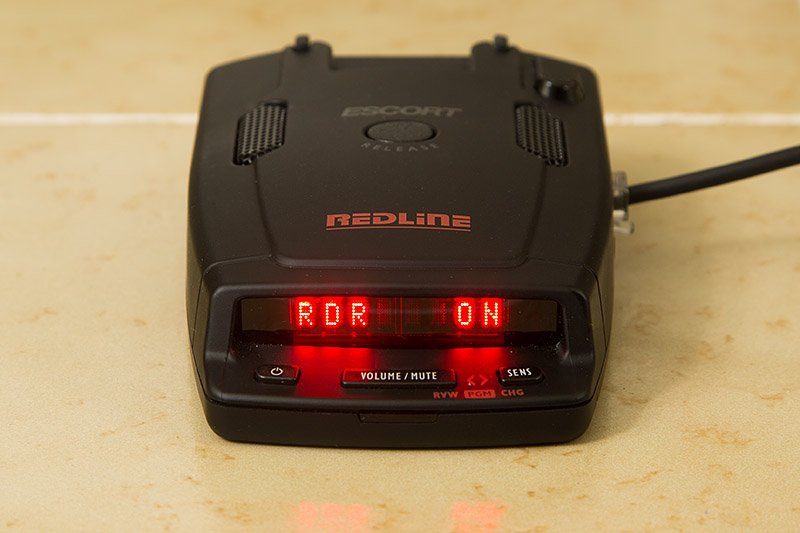Here are the common radar detector acronyms and laser jammer terminology you’ll see when reading about countermeasures.
ACC – Adaptive Cruise Control. These in-car safety systems can sometimes trigger false radar/laser alerts on our countermeasures.
ALP – AntiLaser Priority. Currently the best laser jammer on the market. They are very sensitive, receive continued updates, and can jam both the older easier to jam guns as well as the latest lidar guns with anti-jamming technology. These are the current top pick for laser jammers. You can find them for sale online here.
ALPR – Automatic License Plate Recognition. Police sometimes have these camera systems for automated license plate scanning and tracking.
Bands – Police radar guns operate on different frequencies. A radar band is simply a range of frequencies. There are a whole bunch of RF bands. Different radar gun use different frequency antennas (higher frequency antennas like Ka band are smaller and more compact than lower frequency antennas like K or even X band.) For more information on what’s going on and why, as well as the significance of receiving alerts on various bands, watch this video.
BS/RDR – Band Segmentation and Radar Detector Rejection. Features available on some Escort/Beltronics radar detectors. RDR helps filter out false alerts from leaky radar detectors. Band segmentation is used to turn on and off different portions of the entire range of Ka band. Turning some segments off increases performance while also disabling frequencies which have only false alerts and no legitimate radar signals, something you may experience more of by disabling RDR. The equivalent in V1-land are Custom Sweeps and Ka Guard.
BSM – Blind Spot Monitor. Many newer cars are equipped with blind spot monitoring systems and depending on the make and model of the car, it can cause a radar detector to false alert to K band. Newer radar detectors have special filters designed to filter out false alerts from BSM’s, but not all of them can be filtered out. GM and Acuras are especially difficult to filter. These are one of the most annoying false alerts and the most challenging to filter out. A modern radar detector is recommended to help deal with these newer false alerts.
CAS – Collision Avoidance System. Many modern cars are equipped with a variety of collision avoidance systems such as automatic braking, smart cruise control, blind spot monitoring, and so on. These systems typically use radar, laser, and cameras to monitor what’s going on around the vehicle and some of these systems can cause your radar detector to false alert so it’s recommended to use a modern radar detector that has the ability to filter out many CAS false alerts.
CD – Concealed Display, especially the Valentine 1’s secondary remote display accessory. See this video to learn more about CD’s.
CM – 1) Countermeasures that you can use to avoid speeding tickets such as radar detectors and laser jammers. 2) Center mass, as in the center of your grill or front license plate area that officers may target with their lidar guns.
C/O – Constant On. There is where a police officer leaves their radar gun on the whole time while they are parked or driving around. This is easy to detect from a distance. Continue reading



